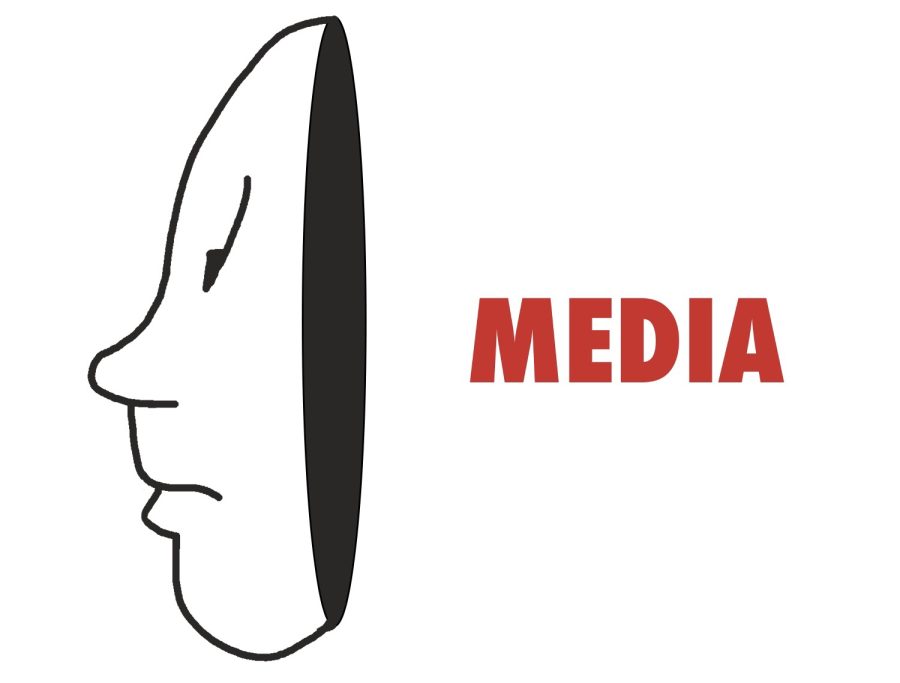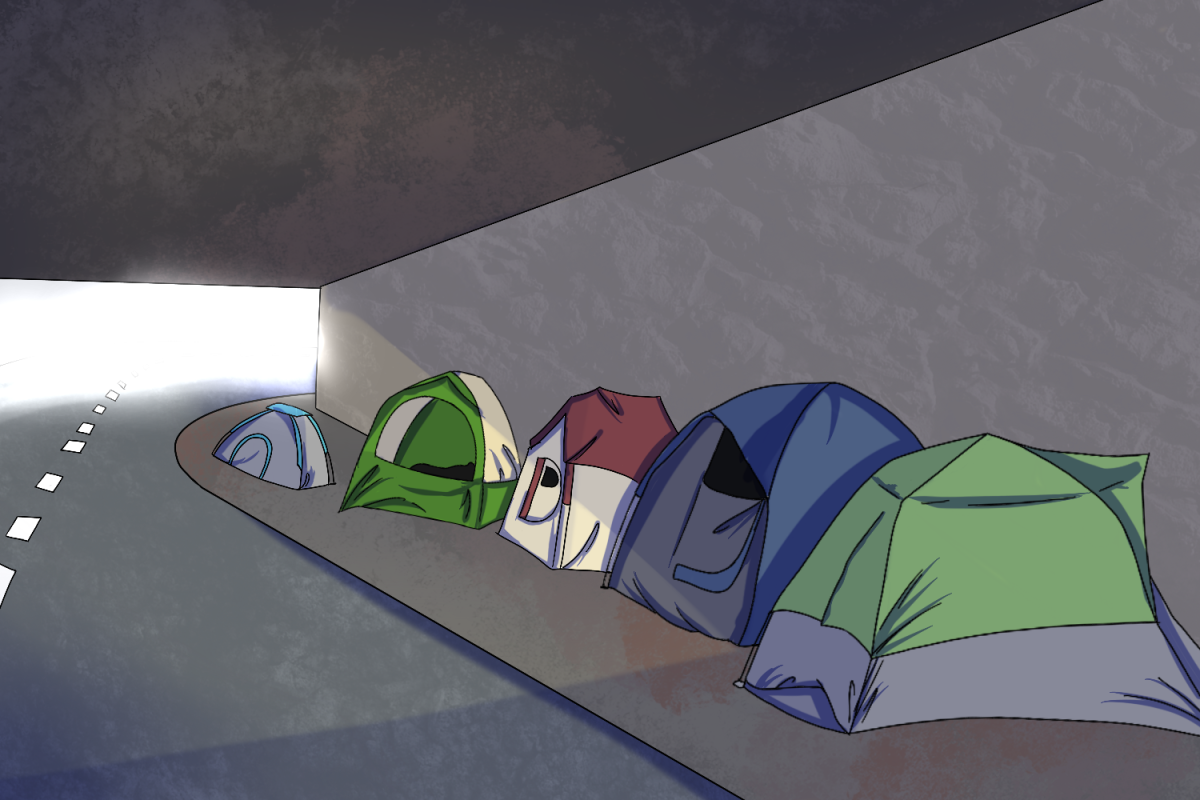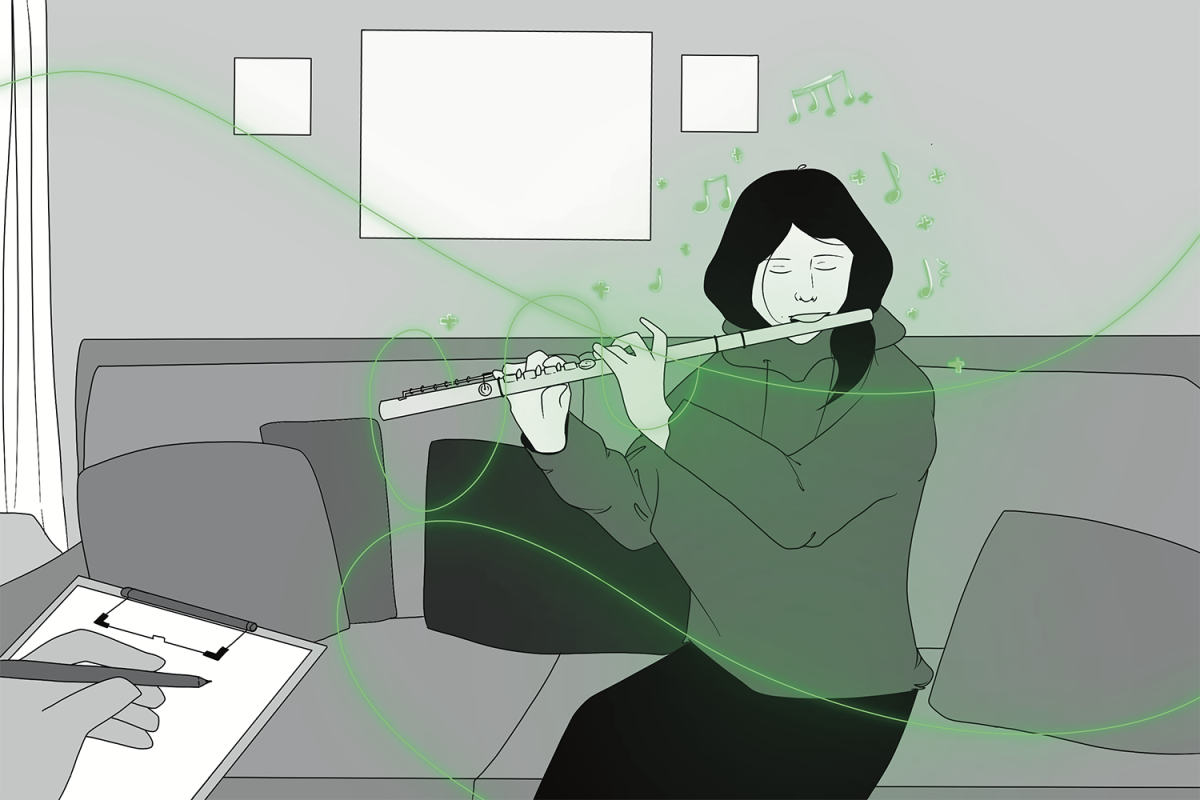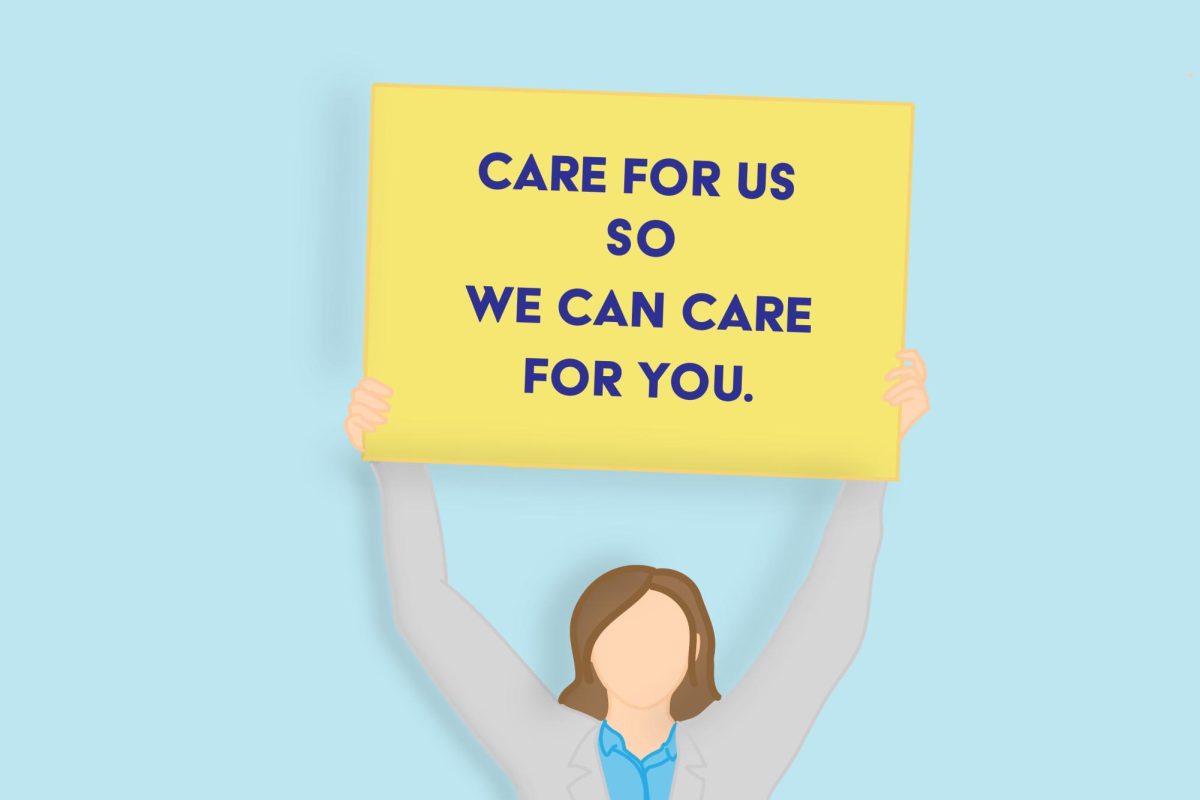Social media is an escape from reality that many utilize, but this supposed distraction can lead one into a more distressed state. Social media may seem harmless, but it causes many, especially adolescents, to develop or have worse mental health.
In a recent study by Facebook, 6% of American teen users who had suicidal thoughts said it was due to Instagram, along with 13% of British users. More than 40% of Instagram users are under the age of 22 and exposed to unrealistic and superficial standards, along with countless loads of negativity.
As reported in the same article, Facebook found that one in five teenagers said that Instagram makes them feel worse about themselves. Mental health is a fragile part of someone’s psyche, and indulging in the bottomless void that is social media can impact how one views themself, as well as how others perceive them.
Further emphasizing this crisis, Pew Research reported 92% of 18-to-29-year-olds own a smartphone, and that about seven-in-ten Americans use social media. Social media fosters a more interconnected world and creates unique opportunities and exposure to other materials; however, there is no denying that exposure is not always a good thing.
More often than not, headlines highlight negative events. This can lead to one experiencing “headline anxiety,” which may lead to one thinking of news consumption as only a saddening, frightening thing versus something that can be an informative outlet if appropriately utilized.
Destroying social media is not a viable solution, but there needs to be greater care taken given its impressionable users. By the age of 14, half of all mental illnesses start to show up, and phobias and anxieties that develop can be warning signs of potentially more severe illnesses. Mental illnesses are often treated as acute and episodic disorders, ignoring that they could be chronic illnesses.
Pretending the current mental health crisis is nonexistent is the root of why many suffer in silence. The media glazes over the dark and less appealing portions of mental illnesses and provides audiences with inaccurate and faulty depictions of what mental health is.
Mental disorders and illnesses are often glamorized and misrepresented in the media’s portrayal, which in turn, worsens mental health. The uplifting lens through which the media discusses depression, eating disorders, and self-harm normalizes grave disorders. Suicidal ideation is a common but dangerous mental illness painted in a vague way by the media. Television shows often portray suicides as planned out and methodical, when in reality, that is not always the case.
For a long time, mental health was a topic many ignored. Even today, it still is somewhat pushed to the side. “Man up” and “keep that to yourself” are common phrases people say when others open up. Although society is starting to embrace more discussions surrounding mental illnesses, they are, at best, surface-level. Discussing mental health and disorders is a step in the right direction, but we need to do better about how we conduct those conversations and the information we release about them.
There is still an excessive amount of misinformation about what “intact” and “plunging” mental health look like in individuals, and this causes preconceived notions to formulate. Combating the stigma attached to mental health is the first step in promoting a more accepting and accurate attitude toward mental illness.
We have to start looking at people through multiple perspectives and lenses. Viewing them through the media’s scope of mental illness will cause the development of one-sided perspectives, withholding the complete story of who someone is. In addition, we have to advocate for the media to change their current tactics and state that there needs to be a clearer picture of mental disorders and emotional stability displayed.
Discussing the positives and the severities of one’s challenges can be difficult to start doing, as we often automatically react to the harsh realities of another dismissively, but it is a necessary change. Addressing the fact that mental health struggles exist and do not look identical in each person, and carrying that portrayal over into the media, can help individuals receive authentic recognition for their struggles.
Social media, whether we like it or not, does control how we understand certain concepts. Integrating helpful resources and policies into the structure of the media will be the start of a more realistic mental health portrayal.













